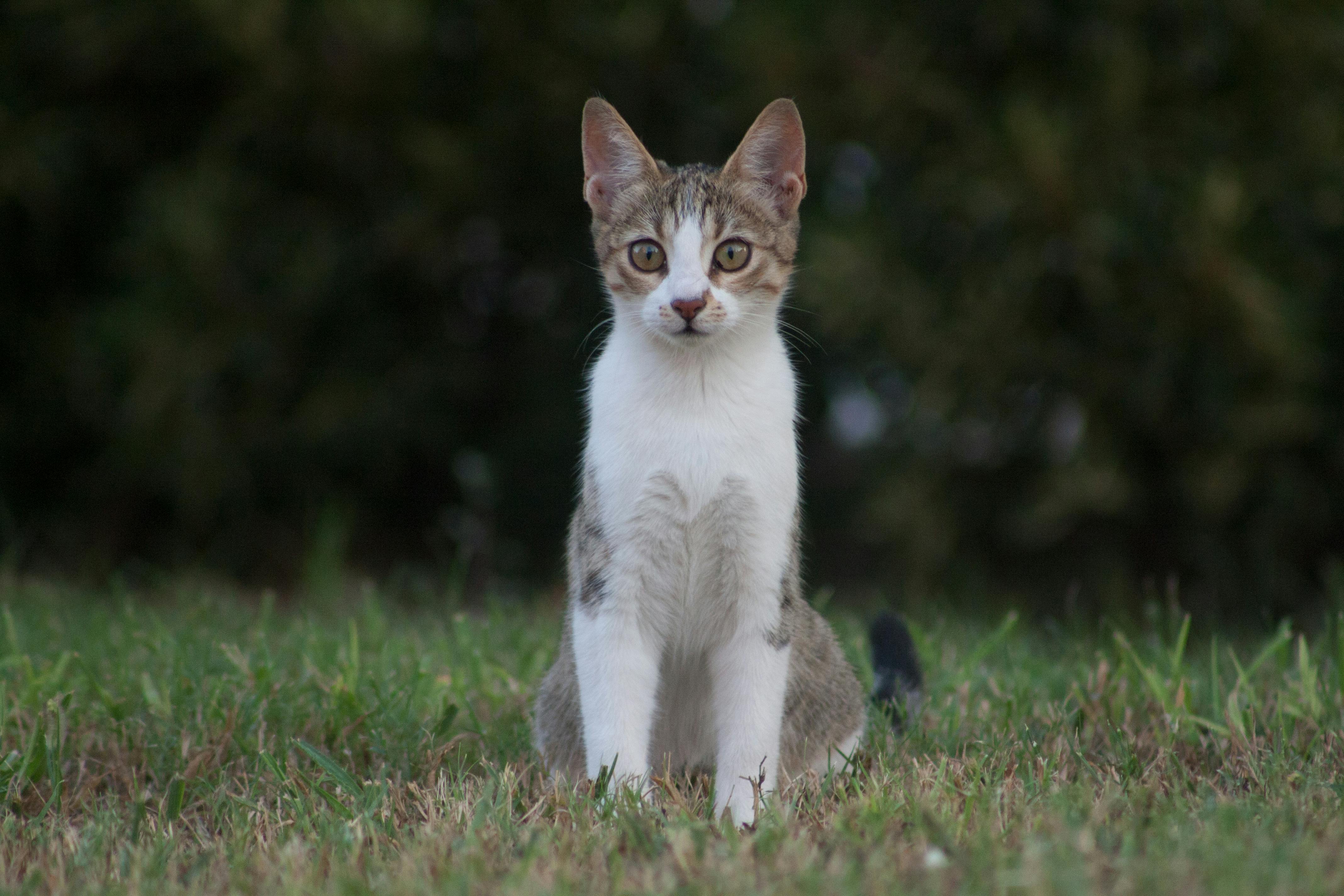5 things you should know about parrots!
Parrots are beautiful birds with very different colors. You may have seen one in the wild or even keep one as a pet. However, we wanted to give you some important facts about their behavior that set them apart from your average companion animal.
Here are some of our favorites about them:
1. Parrots prefer to have their head feathers stroked towards their beak
While your dog or cat may appreciate being petted from head to tail, this is often simply tolerated or can be sexually stimulating to companion parrots.
I’d rather see a parrot fluffing its head feathers into a big ball in anticipation of a few head scratches. Head touching is definitely a great way to further your relationship. They will like it!
Watch your bird’s body language to guide you as to whether your parrot is just taking it or can’t get enough.
2. Throwing up on us is parrots’ way of showing love.
It’s not funny? Yes, that’s right, this is not a joke!
Parrots may try to drip this generally smelly sticky mush onto your hand if you make it available. This courtship behavior is also one that keepers will want to avoid reinforcing. The beak will be brought to the chest and the head will arch in a repetitive motion as the food returns to the mouth. A parrot that has decided that you are its chosen mate will express its love by regurgitating for you. It is not weird?
3. Not all parrots can fly well, not because they have colored feathers.
In some places, it is common to clip the flight feathers of parrots just at the time the bird would first attempt to fly. If this happens (or you keep them in a cage that is too small to allow flight) during that developmental time when they should be flying, it can result in loss of flight for the rest of that bird’s life. Teach them to fly.
There are also parrots that find it naturally difficult to fly due to their heavy body, such as Amazons, Macaws, and African Gray Parrots. Typically, these are the birds that were cut during this critical stage of development when their genetics would have been urging their bodies to attempt flight. Instead of flying, every launch from the perch would have been met with a crash landing.
Behaviors such as recall, station training and the development of flight skills make living with flying parrots a pleasure.
4. Parrots are super visual
If your dog is an expert sniffer and your cat listens to the slightest whisper of small insects, then your parrot may see the slightest speck of a spider on the ceiling. This means that he is also watching you intently. Especially if he is interested in your attention and company.
You should know the common behavior of parrots when you pet them, because you can’t just ignore their gaze.
5. Parrot friendships can take time, but they can be very rewarding.
Most of us are used to being around dogs or cats and love to interact with our furry friends. In general, most friendships between dogs and cats seem to be easily won compared to parrots.
Many parrot species are not as social as we might think. In the wild they live with a single pair or small family groups. The flock can only occur under certain circumstances, such as searching for food or perching. Therefore, automatic acceptance of new individuals may not be the norm for those species. History learning also plays a role in how quickly a parrot may be inclined to respond to a potential new friend. That’s where training can help.
Even though your parrot’s behavior may present challenges that may be a little different than your dog or cat’s, don’t give up! They are often eager learners and ready to learn.
Let us know if you found any of these eye-opening facts by leaving a comment below. We would love to hear from you. Until next time, all the best from OUR TEAM.
